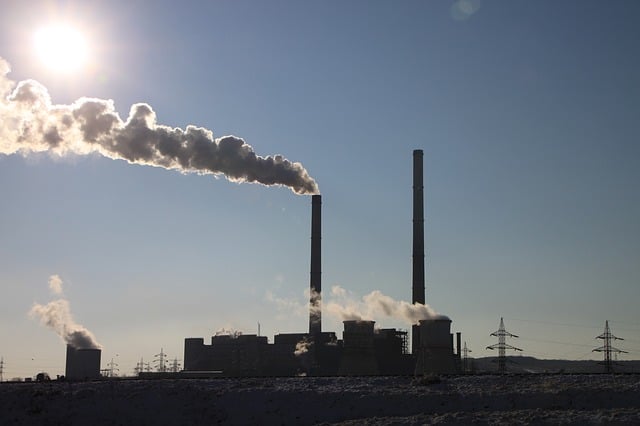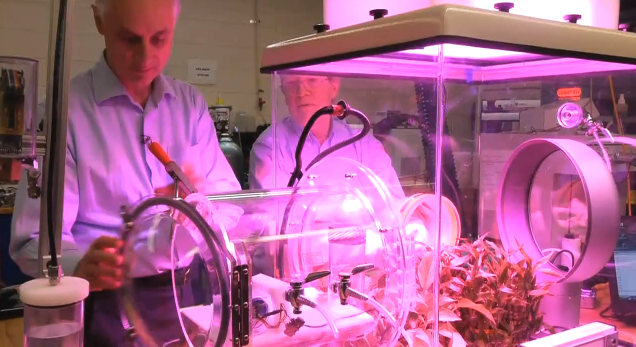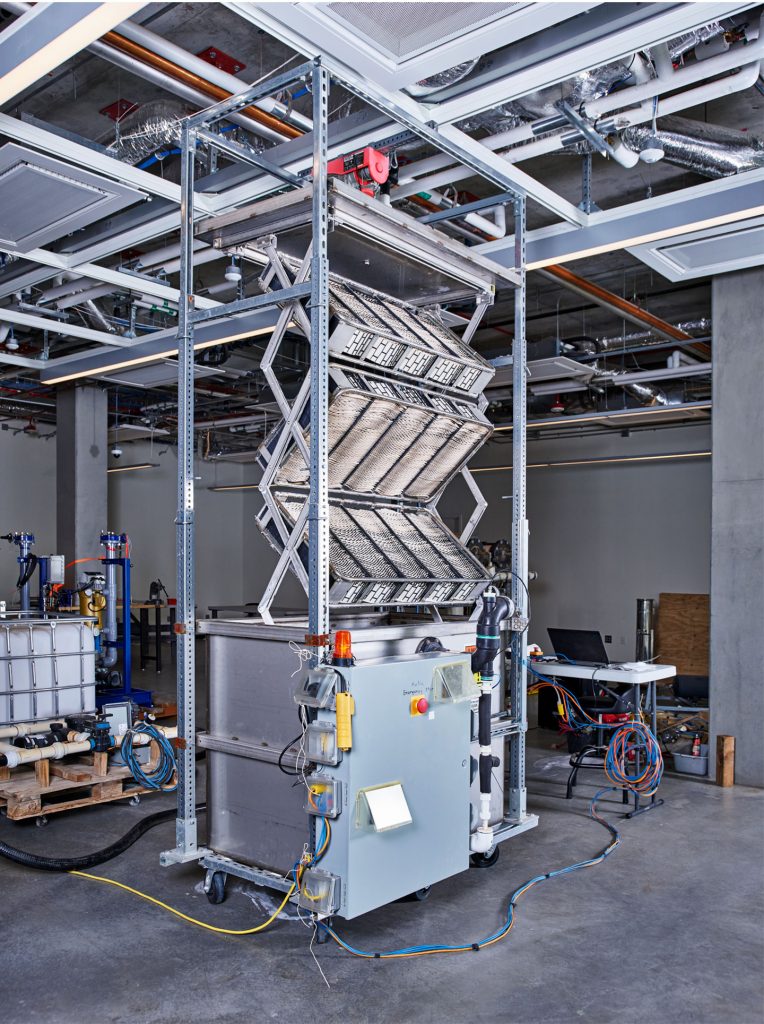Consider a tree that removes carbon dioxide from the atmosphere 1,000 times quicker than Mother Nature’s tree. This tree also absorbs and stores CO2, eventually converted into liquid fuel. Doesn’t that seem like a futuristic sci-fi plot?

It’s ultimately going to happen. The Mechanical Tree, designed by Klaus Lackner, Ph.D., head of the Center for Negative Carbon Emissions and professor at Arizona State University’s School of Sustainable Engineering, has recently discussed his mechanical tree concept and the potential of extracting CO2 directly from the air to combat climate change in an interview.
“They’re tall vertical columns of discs coated with a chemical resin, about five feet in diameter, with the discs about two inches apart, like a stack of records,” Lackner said.

“As the air blows through, the surfaces of the discs absorb CO2. After 20 minutes or so, the discs are full, and they sink into a barrel below. We send in water and steam to release the CO2 into a closed environment.”
Since the early 1990s, Lackner has been working on carbon-capture technologies. According to Lackner, this technique offers a means to minimize global carbon emissions, a major cause of global warming and climate change.
Lackner said that we not only need to limit carbon dioxide emissions, but we have emitted so much that the carbon in the atmosphere cannot naturally disappear.

“We have enough carbon credit card debt that we have to pay at least some of that back,” Lackner said. “We need to have ways of getting carbon dioxide back out of the environment.”
Furthermore, he believes that this technique would help remove carbon from the atmosphere and could be commercialized while having a favorable environmental impact.
Lackner received $2.5 million from the Department of Energy in July 2021 to work on his CO2 capturing equipment. At the time, he was working on three farms that could absorb 1,000 tonnes of CO2 every day. According to sources, these farms will officially open in April 2022.
Lackner also explained how his trees would use less energy than existing carbon-capture technologies, but he also cautioned that more carbon storage is necessary; otherwise, our generations will be battling the carbon when it escapes.
Lackner believes that by 2042, one billion mechanical trees will be functioning worldwide.
“Our goal is to make these mechanical trees in factories and make them in their hundreds of thousands. I can put at least tens of thousands on a square kilometer, and ultimately, I see these things on the scale of a car,” he said.
“If you add up how much carbon we need to get back from the atmosphere, we simply don’t have enough land to grow the trees.”


